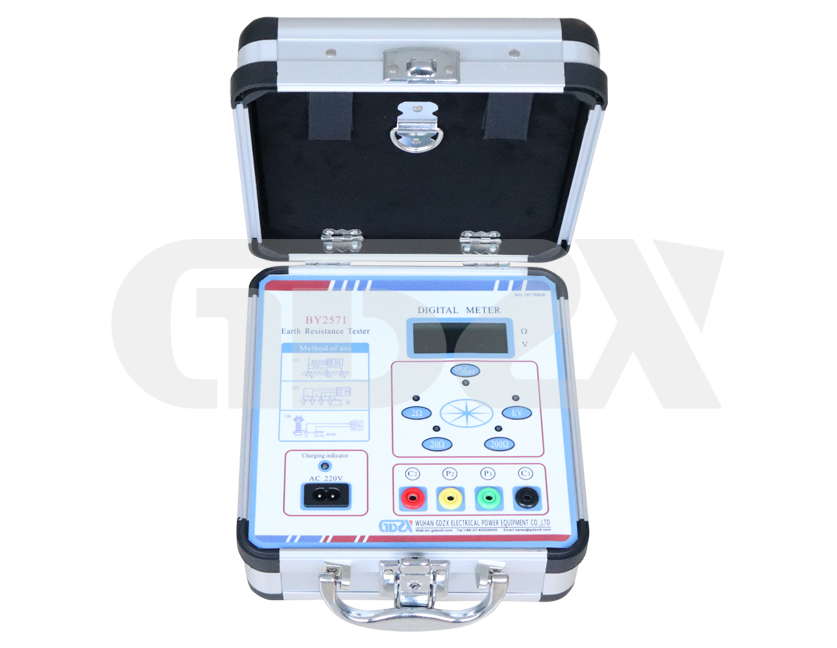NEWSnews
What Are The Common Methods For Testing Earth Resistance Tester?
Earth Resistance includes the ground wire and the ground body itself. The contact resistance between the resistor, the grounding body and the earth resistance, as well as the earthing resistance between the two grounding bodies or the grounding resistance of the grounding body reaches infinity, the magnitude of the grounding resistance directly reflects the contact between the electrical equipment and the "ground" The degree also reflects the scale of the grounding grid. The concept of grounding resistance is only applicable to small grounding grids. As the coverage area of the grounding grid increases and the soil resistivity decreases, the inductive component of the grounding impedance becomes more and more important.
Common methods for testing Earth resistance include the following:
1. Two-point method
In this way, the resistance of a series of two electrodes is measured by connecting the P1 and C1 terminals to the ground electrode to be tested, and P2 and C2 are connected to separate all-metal ground points.
The two-point method is the easiest way to obtain a ground resistance reading, but it is not as accurate as the three-point method and can only be used as a last resort. This is an effective way to quickly test connections and conductors between connection points.
Note: The measured ground electrode must be far enough from the auxiliary contact to exceed its impact range.
2. Three-point method
The three-point method is a thorough and reliable test method. It is used to measure the grounding resistance of the ground electrode. Using a four-terminal tester, connect the P1 and C1 terminals on the instrument and connect it to the ground electrode under test. At the same time, drive the C2 reference rod directly into the ground and keep it as far away as possible from the electrode, then, the potential reference point P2 is driven into the earth by a certain number of points on a straight line between C1 and C2, and the resistance reading of each P2 point is recorded.
3. Four-point method
This method is a commonly used method for measuring soil resistivity, which is very important for the design of electrical grounding systems. In this method, four small-sized electrodes are driven into the ground at the same depth and equal distance (straight line) and measured .
The moisture and salt content of the soil fundamentally affect its resistivity, and the measurement of soil resistivity is also affected by the existing ground electrode; if the buried conductive object in contact with the soil is close enough to change the test current mode, the reading will be invalid, especially for large or long objects.
4. Clamping method
The unique feature of the clamp method is that it can measure resistance without disconnecting the grounding system. It is fast and simple, and includes grounding and overall grounding resistance in the measurement.
By "clamping" the clamp-type Earth resistance measuring instrument around the ground electrode under test, this is similar to the method of measuring current with a multimeter current clamp. The tester applies a known voltage through the transmitting coil without direct electrical connection and measures the pass the current of the current, the receiving coil, is tested at high frequencies to make the transformer as small and practical as possible.
GDZX specializes in the production of Earth resistance / insulation series test equipment. It has many types of products, complete models, and high performance. Welcome to consult!





















